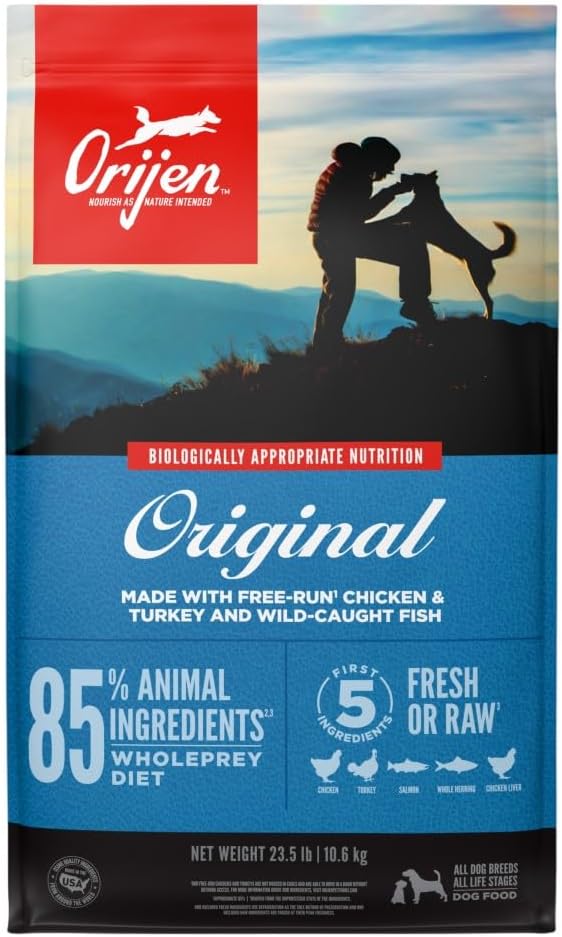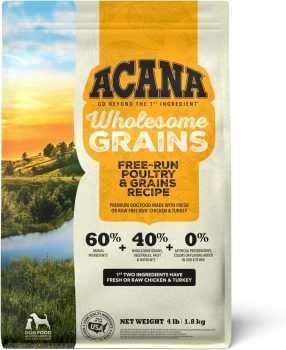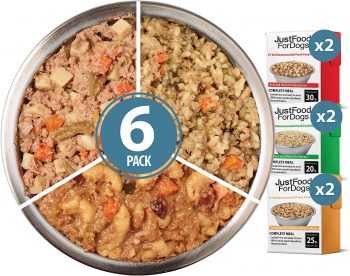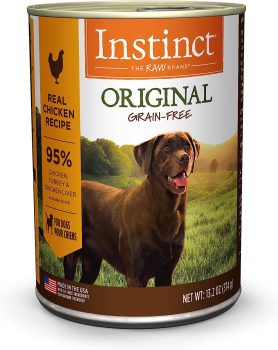The St. Bernard is a gentle giant in the dog world, renowned for its size and friendly nature. With such a large body, it’s no surprise that their dietary needs are substantial. The amount of food a St. Bernard will require varies significantly based on their age, weight, activity level, and the calorie content of their food. This article aims to shed light on these variables, provide approximate feeding amounts, and give an idea of the monthly cost of feeding such a sizable pet.
1. Nutritional Needs of a St. Bernard
St. Bernards require a diet that supports their size and energy levels. Their food should be high in protein to maintain muscle mass and contain sufficient calories to fuel their large bodies. However, it is crucial to balance their diet to prevent obesity, which can lead to health issues.
2. Puppy Feeding Guidelines
St. Bernard puppies grow rapidly and require a diet rich in calories and nutrients to support their development. Puppies should be fed a large-breed puppy formula to ensure proper bone and joint development. The feeding amount will be significantly higher during their growth period, usually until they are about 18 months old.
3. Adult St. Bernard Feeding
Once they reach adulthood, the amount of food a St. Bernard requires will stabilize. Most adult St. Bernards will need about 5 to 6 cups of high-quality dry dog food per day, divided into two meals. This will need to be adjusted based on the dog’s activity level and metabolism.
4. Senior St. Bernard Diet
As they age, St. Bernards often become less active. Their diet may need to be adjusted to prevent weight gain, which can exacerbate health problems in their golden years. Senior dog foods, which are lower in calories and higher in fiber, can be beneficial.
5. The Role of Activity Level in Feeding
A St. Bernard’s activity level can have a significant impact on the amount of food they need. Working dogs or those that are very active may need up to 50% more food than the average, while less active dogs may need less to avoid becoming overweight.
6. Addressing Health Issues Through Diet
Diet can play a crucial role in managing health issues such as hip dysplasia and bloat, which St. Bernards are prone to. Feeding multiple small meals a day and avoiding exercise around feeding times can help reduce the risk of bloat.
7. Monthly Feeding Costs
The cost to feed a St. Bernard will be relatively high due to the large quantities of food they consume. Depending on the brand and type of food, owners can expect to spend anywhere from $100 to $300 per month.
8. Choosing the Right Food
Choosing the right food involves looking for high-quality ingredients with real meats, healthy grains, or grain-free options if your dog has sensitivities. The food should also be appropriate for the dog’s life stage.
9. Monitoring Weight and Adjusting Portions
Regularly monitoring your St. Bernard’s weight is crucial. Adjustments to food portions should be made to maintain an ideal body condition, and regular veterinary check-ups will help ensure that your dog remains healthy.
Our 5 Top Foods for St. Bernards
The diets were selected by our founder Justin Palmer, a certified canine nutrition expert, specifically with St. Bernards in mind:
| Food | Pros | Cons |
|---|---|---|
|
|
|
|

Check Today's Price on: |
|
|

Check Today's Price on: |
|
|

Check Today's Price on: |
|
|

Check Today's Price on: |
|
|
Conclusion
Feeding a St. Bernard is a significant commitment that requires careful consideration and regular adjustments. It’s important to monitor their diet and overall health closely and to consult with a veterinarian for personalized feeding advice. With the right nutrition, a St. Bernard can live a long, happy, and healthy life by your side.
Frequently Asked Questions About Feeding a St. Bernard
1. How much should I feed my adult St. Bernard?
An adult St. Bernard typically requires about 5 to 6 cups of high-quality dry dog food per day, divided into two meals. This amount varies based on their activity level, age, and the food’s caloric content. It’s crucial to regularly assess your dog’s body condition and adjust portions as necessary to maintain a healthy weight.
2. What kind of diet is best for a St. Bernard puppy?
For St. Bernard puppies, a large-breed puppy formula is ideal as it’s designed to support their rapid growth and development needs without promoting excessive weight gain that can lead to joint problems. Feed them three to four times a day with the amount recommended by the food manufacturer for their age and size, and consult with your vet for specific guidance.
3. Can I feed my St. Bernard a raw food diet?
Yes, St. Bernards can be fed a raw food diet, but it must be well-balanced with the right amounts of protein, fat, and vegetables to meet their nutritional needs. Consult with a veterinarian or a canine nutritionist to ensure the diet is appropriate for your dog’s size, age, and health status.
4. How do I know if my St. Bernard is eating enough?
You can tell if your St. Bernard is eating enough by monitoring their body condition. They should have a visible waist when viewed from above and you should be able to feel their ribs without a thick layer of fat. If in doubt, consult with your veterinarian for a professional assessment.
5. Are there any specific feeding considerations for St. Bernards?
St. Bernards are prone to bloat, so it’s recommended to feed them several smaller meals throughout the day rather than one large one. Additionally, they should rest for at least one hour after eating before any vigorous activity. Always provide plenty of fresh water, especially if feeding dry kibble.
6. How much water does a St. Bernard need?
A St. Bernard needs a lot of water due to their large size, typically between half an ounce to one ounce of water per pound of body weight per day. This amount increases if the dog is active or if the weather is hot. Always ensure that your St. Bernard has access to fresh, clean water.
7. Should I feed my St. Bernard wet or dry food?
Both wet and dry food can be suitable for St. Bernards, and some owners choose to mix both. Dry food is good for dental health and may be more economical for large breeds, while wet food can be more palatable and hydrating. Consult with your vet to determine the best choice for your dog.
8. How do I adjust my St. Bernard’s diet as they age?
As St. Bernards age, their metabolism slows down, and they may become less active. This means they will require fewer calories to avoid weight gain. Senior-formulated diets are often lower in calories but higher in fiber, which may benefit older dogs.
9. What human foods are unsafe for St. Bernards?
Human foods that are unsafe for St. Bernards include chocolate, grapes, raisins, onions, garlic, avocado, and anything containing the sweetener xylitol. These foods can be toxic to dogs and should be avoided completely.
10. What is the estimated monthly cost of feeding a St. Bernard?
The monthly cost of feeding a St. Bernard can be significant, generally ranging from $100 to $300, depending on the type and quality of food you choose. Larger dogs like St. Bernards require more food, and opting for high-quality or specialized diets will increase the cost.
 Check Today's Price on:
Check Today's Price on:
 Toledo, United States.
Toledo, United States.
